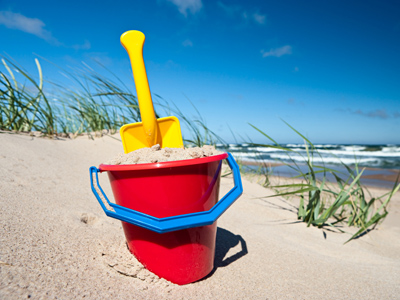
Ask the AI Tutor
Need help with Year 1 Measurements - Capacity? Ask our AI Tutor!
AI Tutor - Lucy
Connecting with Tutor...
Please wait while we establish connection

Capacity means how much something can hold, like the sand held in this bucket.
Year 1 Measurements - Capacity
In KS1 Maths, capacity compares how much containers hold. Learn words like full, empty, and half full, then measure fairly using the same cup each time.
To see a larger image, click on the picture.
Question 1
Question 2
Question 3
Which of these statements is true?
The container on the left has a smaller capacity
The container on the left holds more than the container on the right
The container on the right has a larger capacity
The container on the right holds more than the container on the left.
The box is much bigger and so holds more
Question 4
Question 5
Question 6
Question 7
Question 9
**Unlimited Quizzes Await You! 🚀**
Hey there, quiz champ! 🌟 You've already tackled today's free questions.
Ready for more?
Ready for more?
🔓 Unlock UNLIMITED Quizzes and challenge yourself every day. But that's
not all...
not all...
🔥 As a Subscriber you can join our thrilling "Daily Streak" against other
quizzers. Try to win a coveted spot on our Hall of Fame Page.
quizzers. Try to win a coveted spot on our Hall of Fame Page.
Don't miss out! Join us now and keep the fun rolling. 🎉
**Unlimited Quizzes Await You! 🚀**
Hey there, quiz champ! 🌟 You've already tackled today's free questions. Ready for more?
🔓 Unlock UNLIMITED Quizzes and challenge yourself every day. But that's not all...
🔥 As a Subscriber you can join our thrilling "Daily Streak" against other quizzers. Try to win a coveted spot on our Hall of Fame Page.
Don't miss out! Join us now and keep the fun rolling. 🎉
















